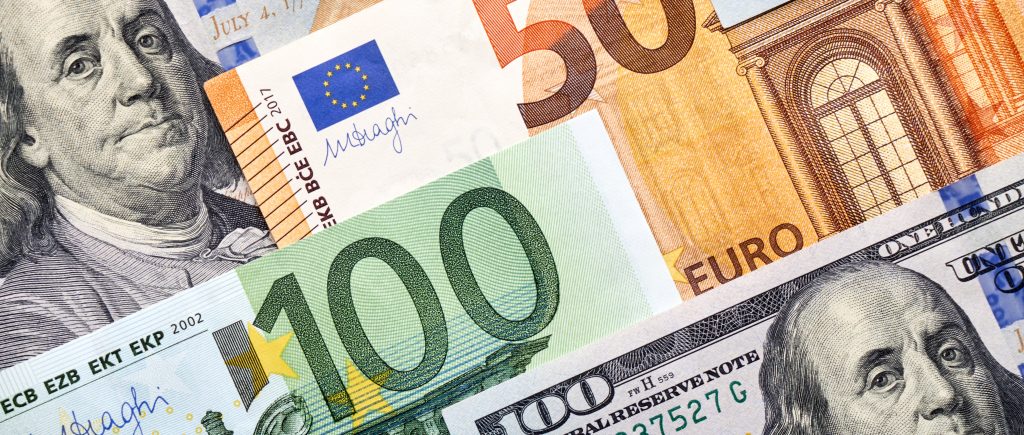The euro has carved out a modest edge against the US dollar, finding support near the 1.1535 mark, up +0.36%, as markets steer across a complex interplay of geopolitical and economic signals. A softer US dollar, reflected in the Dollar Index (DXY) slipping below 99.00 to around 98.65, underscores a cautious risk-on sentiment. This shift follows US President Donald Trump’s measured comments on the Israel-Iran conflict, signaling a two-week window before any decision on US involvement. The pause in escalation fears has tempered safe-haven demand for the dollar, giving the euro room to stabilize.
Geopolitical Tensions and Market Dynamics
The Middle East conflict continues to ripple through global markets, pushing crude oil prices higher and stoking inflationary concerns in the Eurozone. Eurozone headline inflation dipped to 1.9% in May 2025 from 2.2% in April, falling below the European Central Bank’s (ECB) 2% target for the first time in months. This cooling offers some relief, but rising oil prices threaten to reignite cost pressures. The euro’s recent strength, hovering near 1.1510 after touching an intraday high of 1.1535, reflects resilience despite these headwinds. Meanwhile, the DXY’s retreat signals a broader softening of dollar demand, partly driven by reduced geopolitical panic.
Central Bank Policies Diverge
The ECB’s recent actions provide a backdrop for the euro’s performance. After cutting its key interest rate for the eighth time in June 2025, the ECB signaled a potential pause in its easing cycle. ECB Governing Council member François Villeroy de Galhau emphasized a data-dependent approach, noting that the euro’s strength could mitigate inflationary pressures from oil prices. In contrast, the US Federal Reserve held its benchmark rate steady at 4.25%–4.50% for the fourth consecutive meeting. Fed Chair Jerome Powell highlighted persistent inflation risks, with US headline inflation at 2.4% in May and core inflation near 2.8%, suggesting caution on rate cuts. Markets anticipate two Fed rate cuts in 2025, but renewed Middle East tensions or tariff policies could complicate this outlook.
What Lies Ahead for EUR/USD?
Looking forward, the EUR/USD pair appears range-bound but with a slight bullish tilt as long as it holds above 1.1485. A break above 1.1535 could signal a push toward 1.1575, supported by technical indicators like the 61.8% Fibonacci retracement and bullish price action within an ascending channel. However, a drop below 1.1450 could trigger a deeper correction toward 1.1400, especially if geopolitical risks flare up again. The Philadelphia Fed Manufacturing Index, stagnant at -4.0 in June 2025, points to ongoing US economic sluggishness, which may cap dollar strength. For traders, monitoring oil prices, US yields, and upcoming economic data like US Core PCE will be critical. The euro’s path hinges on balancing these global pressures with central bank signals, making disciplined risk management essential in this volatile environment.

 Noor Trends News, Technical Analysis, Educational Tools and Recommendations
Noor Trends News, Technical Analysis, Educational Tools and Recommendations




